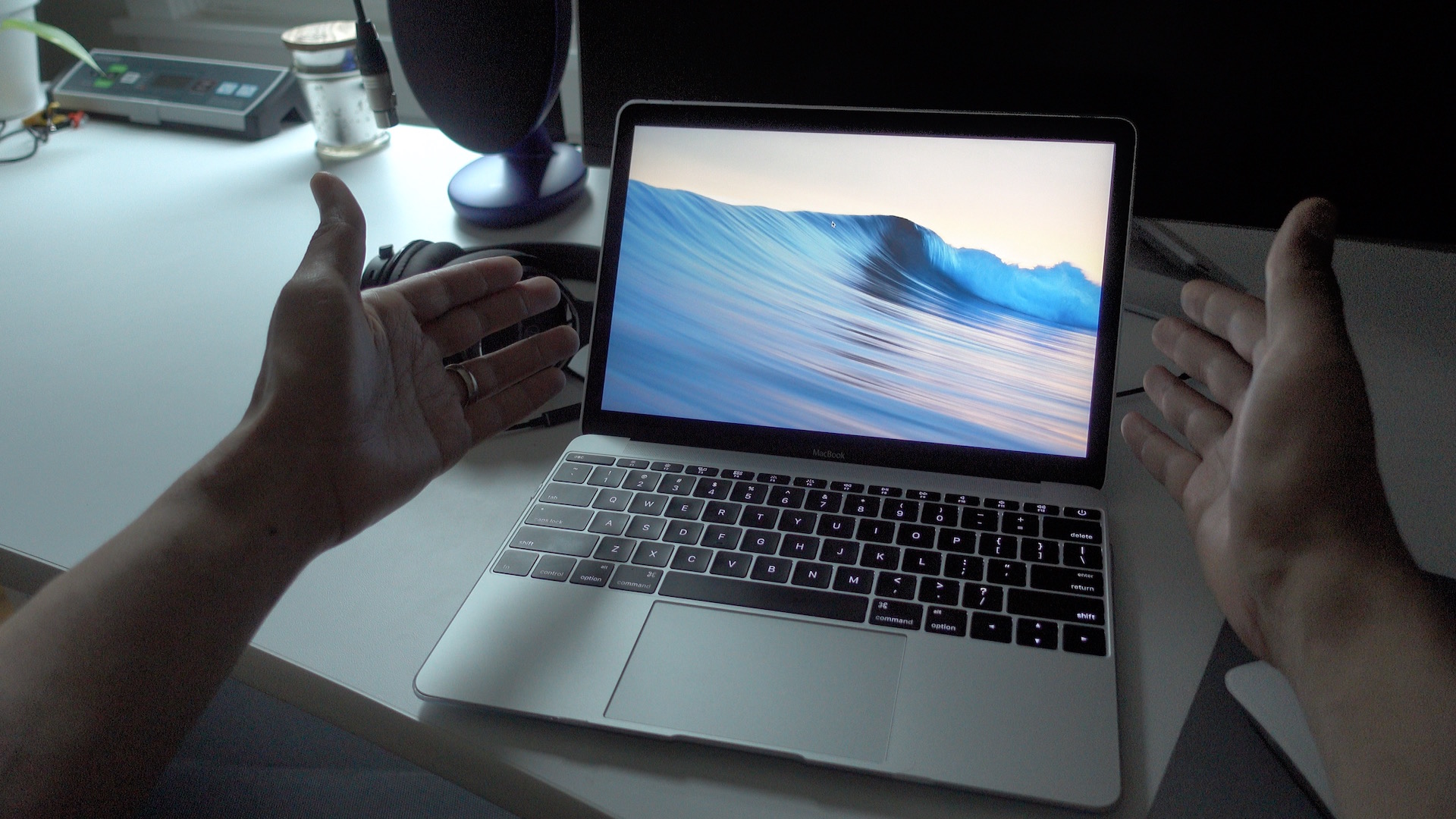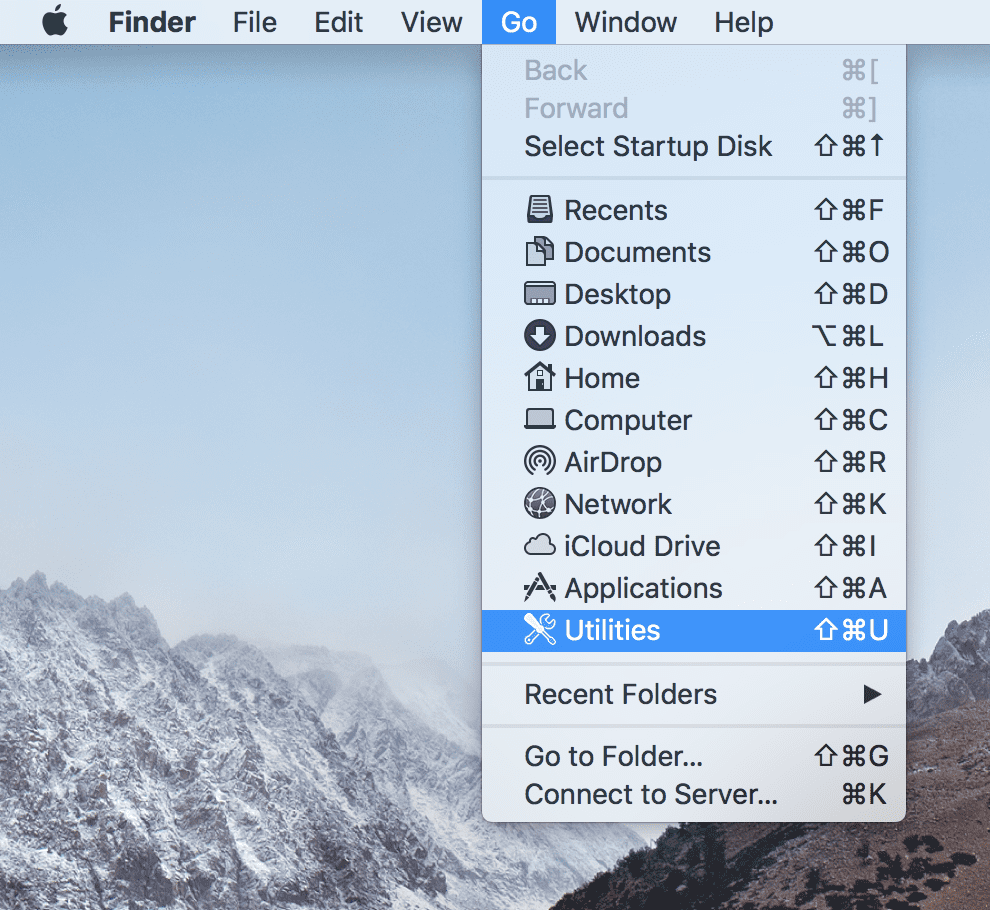

- Tips for mac pro users 2015 full#
- Tips for mac pro users 2015 software#
- Tips for mac pro users 2015 password#
If you are running scripts that call /usr/bin/security add-trusted-cert -d as root, or leveraging the SecTrustSettingsSetTrustSettings API, you will need to take these changes into account.
Tips for mac pro users 2015 password#
These now require administrator approval and/or confirmation through supplying the user’s password for non-admin trust domains. Outside of TCC itself but still regarding consent, there have also been changes to certificate trust settings.

More Trust Needed for Certificate Trust Settings Other changes in the access table scheme are the addition of auth_reason and auth_version columns, the removal of the prompt_count column, and a new default NOT NULL value for the indirect_object_identifier column. To achieve the same effect on Big Sur, replace allowed with auth_value and 1 with 2 in the grep command: sudo sqlite3 TCC.db "SELECT client,auth_value FROM access WHERE service='kTCCServiceSystemPolicyAllFiles'" | grep '2'$ That will now fail on Big Sur because the allowed column no longer exists in the schema for the access table, and you’ll be met with an Error: no such column: allowed message if you try.
Tips for mac pro users 2015 full#
Whereas on 10.15 you could use something like this to list applications with Full Disk Access permissions:

Essentially, if it requires unlocking a padlock in the System Preferences GUI, it’ll require a password from the CLI utility now as well.įor admins or developers using scripts to access the TCC.db, note that there’s been some changes in the schema also, so you’ll need to consider whether you need to adjust for that. The networksetup utility on Big Sur also requires authorization for all functions except reading the network settings, turning Wi-Fi power on or off and changing the Wi-Fi access point. Limitations for Standard User with networksetup That’s the only way you’re going to be able to hide the system clock, which might otherwise give away large intervals between frames that you edit out. Using Zoom or other tele-conferencing software? That’s right, you’ll need to authenticate those applications for screen recording, too.Īnd here’s a little tip for anyone making screencasts on Big Sur: after you’ve approved your 3rd party recording app, you might want to go into System Preferences “General” tab and set the status bar to automatically hide.
Tips for mac pro users 2015 software#
If you’re supporting users remotely with software like TeamViewer or similar, be aware that Screen Recording on macOS 11 now requires Administrator approval. Yes, that’s a UI alert for a kernel extension update, now slightly confusingly referred to in macOS Big Sur as a “System Extension”, too. Interestingly, Apple have not exempted themselves from that rule either, so you may see alerts for approving updates to kexts that live in /Library/Apple/System/Library/Extensions, too, like this: In Big Sur, all kernel extensions need user approval, including updated versions of existing kexts. You can find out more about SentinelOne’s kextless agent and support for Big Sur here.

Kexts are not quite dead and buried and even live on in Apple’s own system software however, for 3rd party developers, the push to abandon kernel extensions from both Apple and users has been strong, and most vendors, including SentinelOne, are moving to the new System Extensions as replacement for kexts. However, if you’re running admin or security scripts that are checking the version number via the sw_vers command line tool your output should be like this: ProductName: macOS As the last version of macOS was 10.15, it’s not surprising that you’ll also see references to macOS as 10.16, even in some official documentation. This is the third time Apple have re-branded their desktop operating system in recent years, from OS X to macOS 10 and now we arrive at macOS 11. Adjust Your Scripts for the New Version Number While we covered some of these in our beta preview post back in June, we’ll also cover today some of the important changes since then.ġ. In this post, we take a tour of what’s new and how it affects security in the enterprise. Today, Apple releases the next iteration of its desktop operating system, now rebranded as macOS 11.


 0 kommentar(er)
0 kommentar(er)
